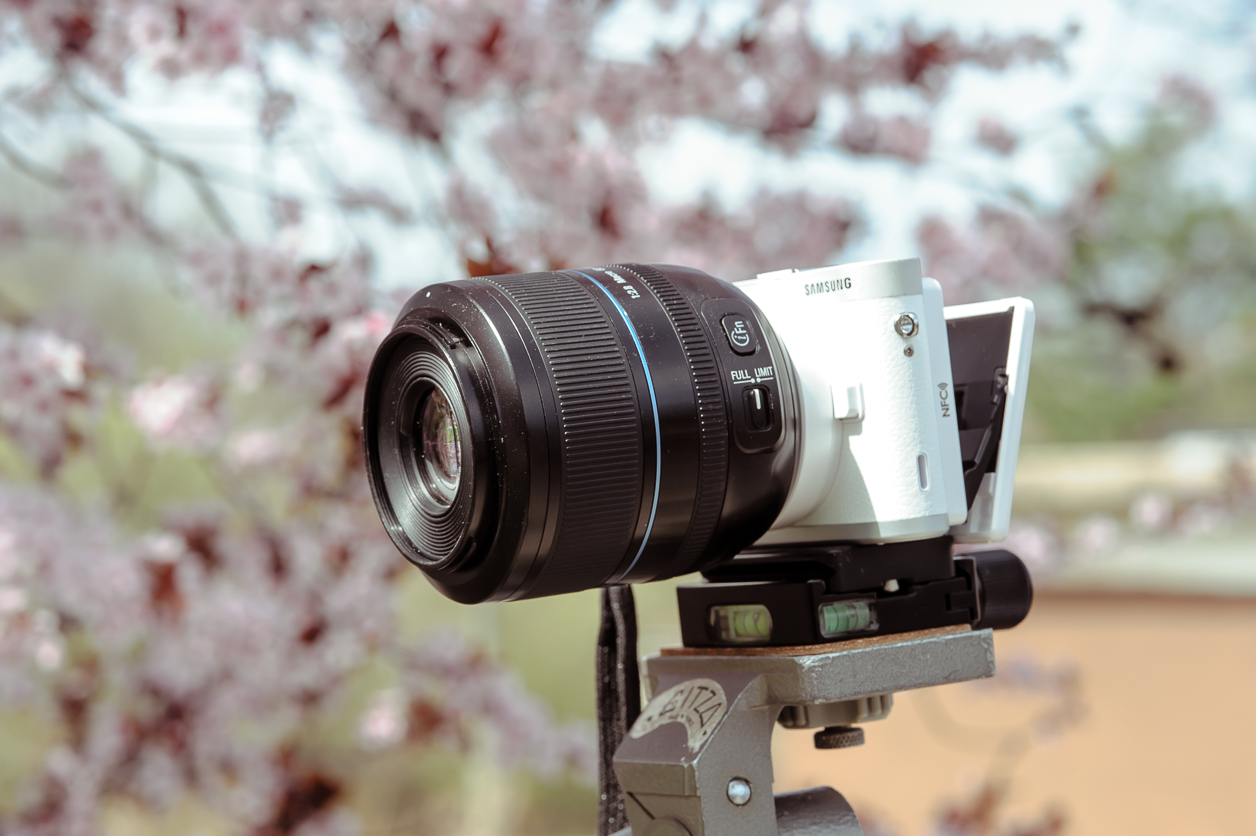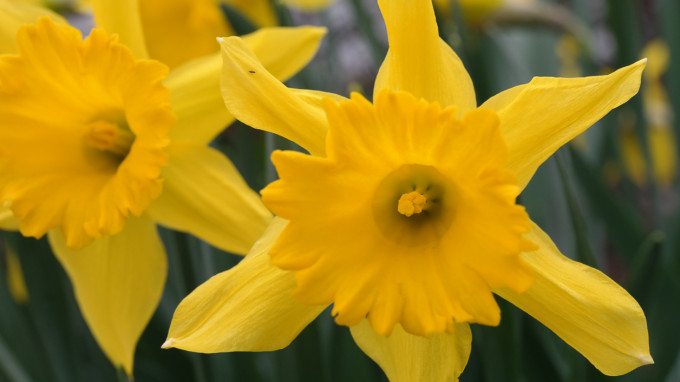Last Updated on 05/03/2014 by Julius Motal
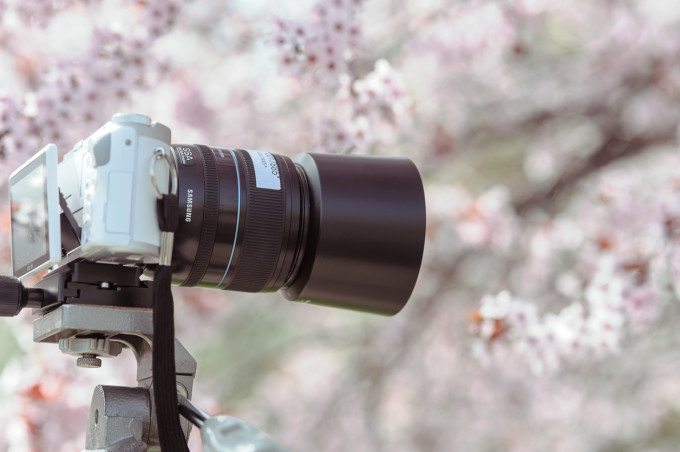
What we have here is the Samsung 60mm f2.8 Macro. I love macro photography so I was intrigued when I found out I was going to get to test this. There were initial doubts about it because I never believe that many lenses are going to live up to their DSLR cousins. Macro lenses have even more to live up to because of the nature of the work involved not only with reviewing them but in real life use.
Until recently, I thought I could only get good macro lenses with DSLRs, but I could finally be proven wrong.
Pros and Cons
Pros
– The Autofocus is quick and responsive.
– The images the lens produces are sharp.
Cons
– This lens is huge compared to the camera.
– To shoot macro stuff close up, you must manually focus.
– The lens is heavier and bigger than the camera we tested it with. It’s like putting a tank cannon on a Kia.
Gear Used
I tested this lens on a Samsung NX300, which is a good camera for this lens. The last lens I used on this camera was the 20mm 2.8 which, physically, was the polar opposite of this lens. I used my 682B Professional Monopod for image stabilization while doing some outdoor macro.
Tech Specs
- Macro Photos at 1:1 Magnification
- i-Function Lens Accesses Camera Settings
- Fast, Silent and Precise Auto Focusing
- Full-Time Manual Focus in AF Mode
- Optical Image Stabilizer
- For Use With NX Mount Cameras
Ergonomics
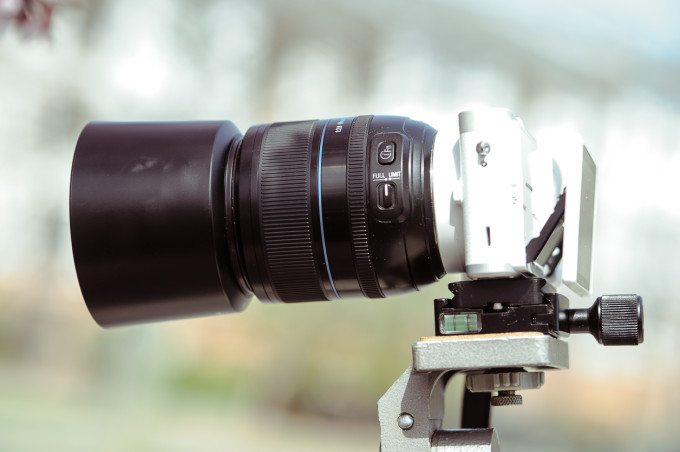
With the lens hood on, you might as well be using a DSLR lens. It is huge. The focus ring is a good size and nice to use with the iFunction ring is skinny in comparison. Its is big enough to fulfill its function though. There are two buttons on this lens. The iFunction and the Full limit button. The buttons are well placed and easy to use when needed.
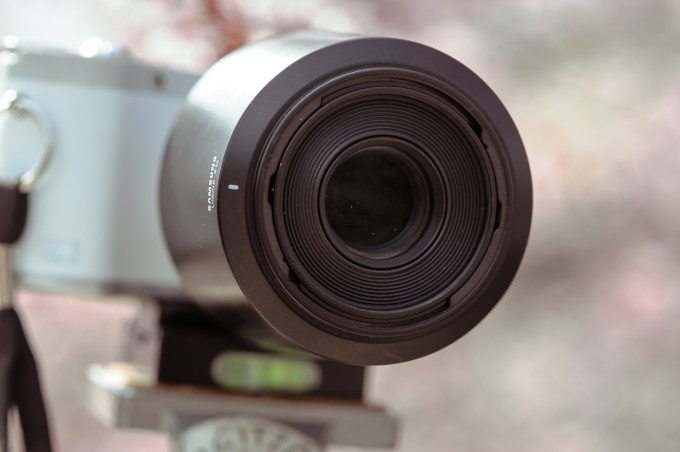
The Samsung 60mm 2.8 has a 52mm thread for filters and works well with close filters. Like all macro lenses, the front element is small.
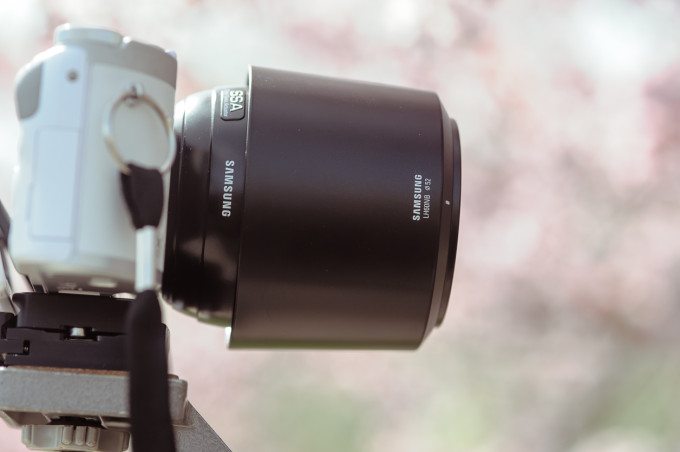
With the lens hood turned back the lens is much smaller and more manageable. However, you obviously lose manual focus control and the ability to work with the i-function button.

I found the lens worked best without the lens hood–but that’s a personal preference. This allows you to manually focus and adjust the ifunction ring.
Build Quality
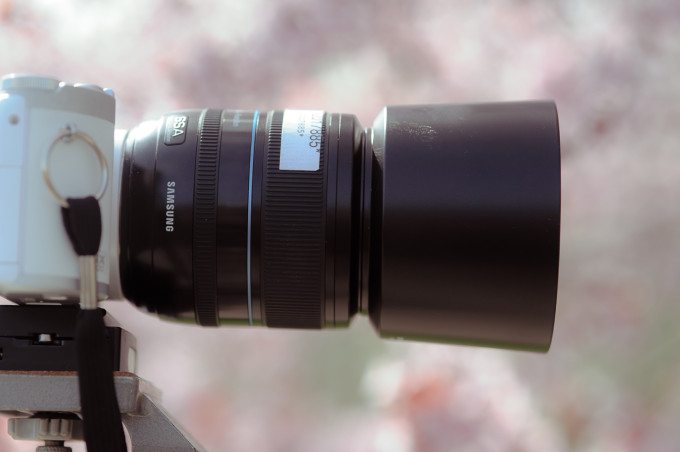
This lens has a solid construction. It feels like metal and plastic. It is not the lightest lens in the world, especially for a mirrorless camera but it’s decent to hold. To be honest, on the NX300 the lens is ugly and the Samsung 60mm 2.8 seems a bit big. It makes up for its looks, though, in functionality.
The lens does not feel balanced on the camera. It’s like putting a tank cannon on a Kia.
Autofocus
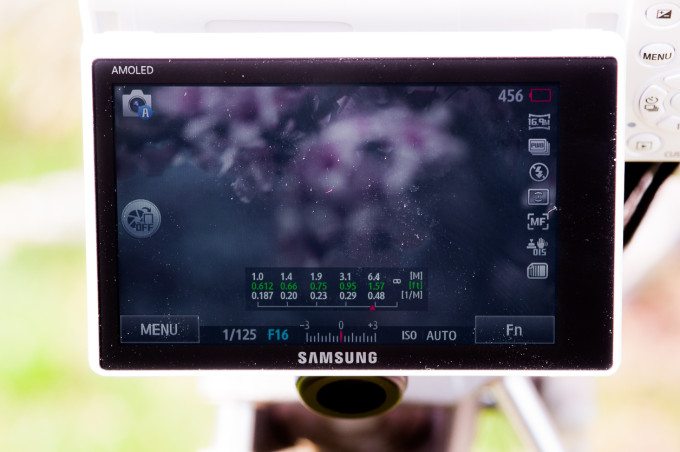
The autofocus is decent overall. When focusing on regular subject matter it’s quick. When you are using it as a macro lens you have to manually focus at times. This does slow you down a little but you get a better quality image as a result. The manual focus is a treat though. When you touch the focusing ring, a distance scale pops up on-screen helping you create a sharp and more accurately focussed image.
Ease Of Us
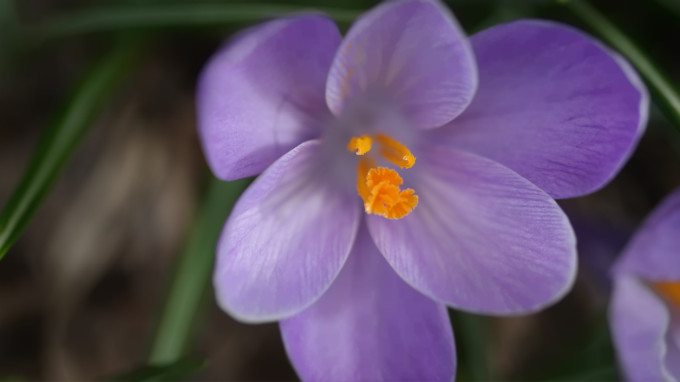
Out of the box the lens is intuitive. There was nothing to fiddle with or set up. This is my first mirrorless macro lens and shooting with it is a little different but not that bad. The iFunction button took the most getting used to but made using the lens easy. The settings were straight forward.
Image Quality
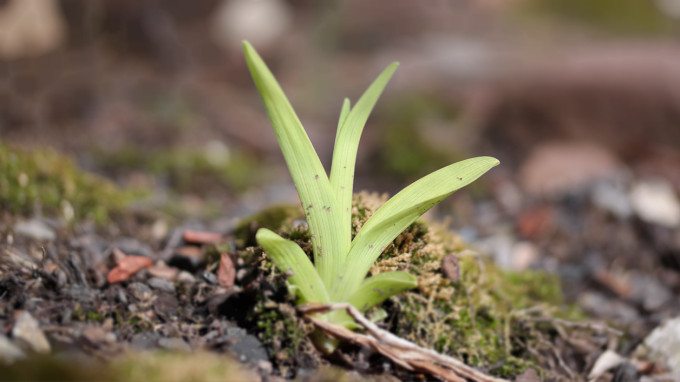
Overall the image quality of this lens was better than expected. I did not expect the bokeh to be this good. The Samsung 60mm macro proved me wrong. The 1:1 magnification while using macro was perfect.
Bokeh
The Bokeh is smooth and clean. It is one of the best parts of this lens’s image quality. When you are doing a macro shot the out of focus portions of the image do not distract at all. I was doing some early spring photography and found that this lens could worked well and creating nice bokeh.
Sharpness
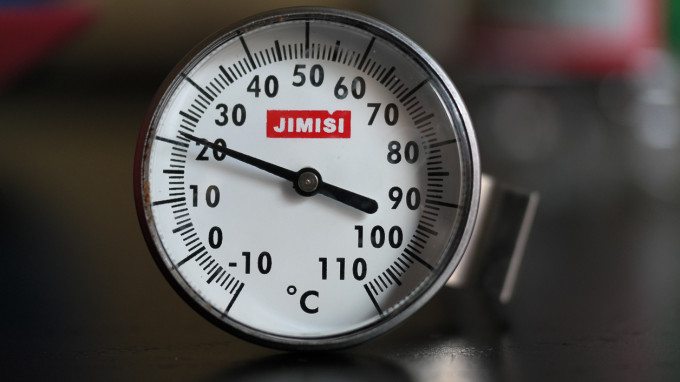
The images with this lens are sharp. Everything it focuses on is clear and crisp. The subject was always sharp with this lens. It did not matter if I was doing a street photography or macro. I could see doing portraits with this lens because of its 90mm field of view rendering on an APS-C camera. I found this lens to be sharpest between f8 and f16, especially when shooting macro.
Color Fringing

There was little color fringing with this lens, almost none. You have to really not know how to meter an image or have a load of contrast and force the issue.
Color Rendering
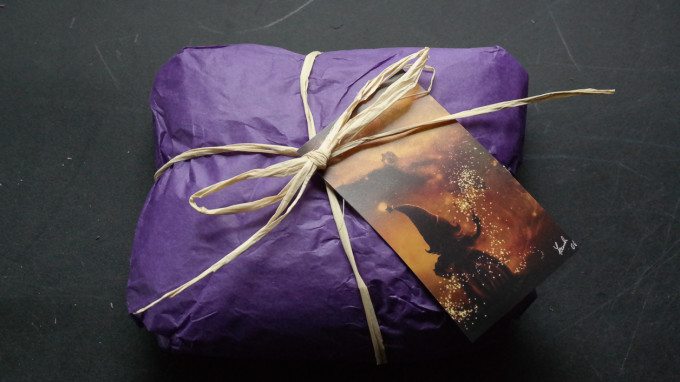
The color is fantastic. This lens performed admirably here. All the colors appeared as lifelike as they should. I felt I did not have to edit the images and it was easy to go from camera to the web.
More Sample Images

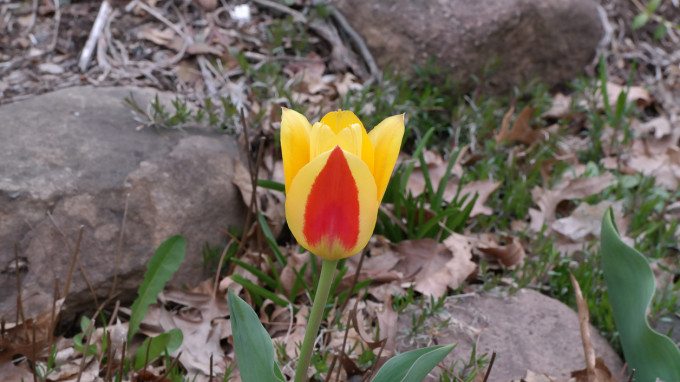
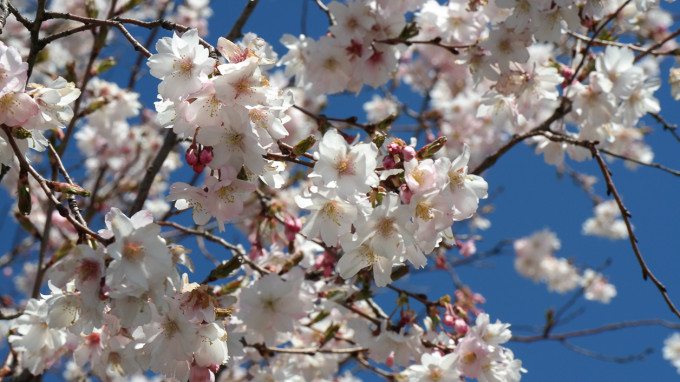

Conclusions
![]()
![]()
![]()
![]()
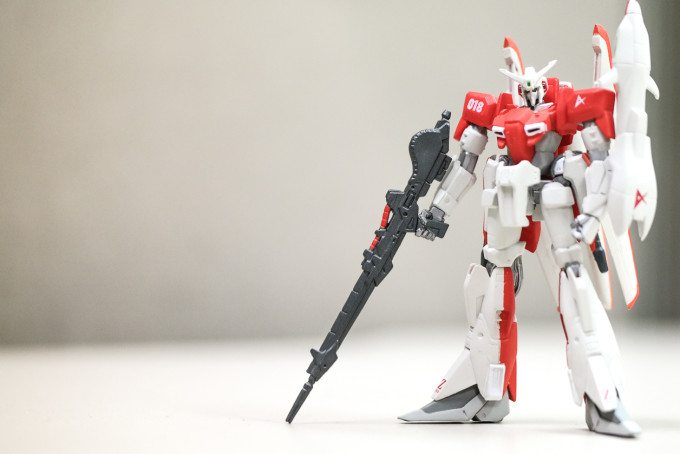
Things I like
- The Samsung 60mm 2.8 Macro is well-built
- A distance scale comes on-screen when touch the focus ring.
- It is an excellent macro lens and wonderful for quick product photography on the go.
Things I don’t like
- This lens is HUGE especially with the lens hood one
- You have to manually focus for macro photography
- The lens feels awkward with the lens hood. I like to just leave it off
The Samsung 60mm 2.8 macro is a good lens. In the end that’s all that matters. Its does its job well. If I owned a Samsung camera this lens would be a must have for me. I am used to shooting with my Nikon macro lenses and this measures up, which is surprising to me. I like being proved wrong when I doubt things. This is a lens that does require a little patience but all macro photography does.
We give the lens 4 out of 5 stars.
Recommended Cameras and Accessories
- I recommend a desktop tripod like the Ultrapod II for still life
- A tripod is recommended. You will want to get low to the ground and a tripod like the 3 Legged Thing Brian will serve you well.
- I would keep a UV filter handy and also a close up filter for when I want a little extra performance out of the lens.


